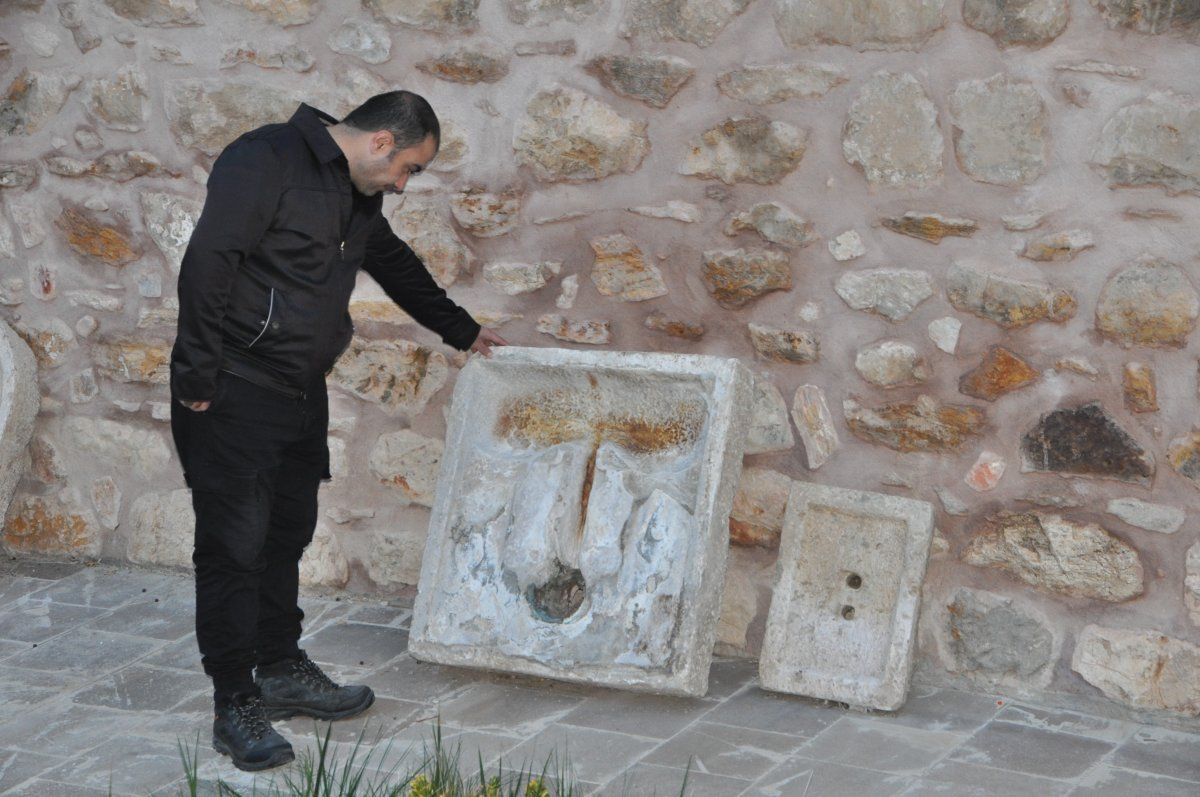An ancient public toilet hosts now the museum
The first public restroom in Anatolia referred to as “sk dişini helas” in Turkish, which can be translated as “hold your pee public toilet”, will shortly be converted into the Water and Cleaning Museum.
The Municipality of Tokat repaired the ancient building that was constructed in the 15th century in Sulu Sokak Bazaar and was employed as a warehouse. The facility, which has been in disrepair for approximately three years, has been made available for tourist use. The Seljuk Vizier Ali Tusi erected the historical location, which is currently home to the Water and Cleaning Museum and is owned by the municipality.
The sewerage system, toilet stones, and water structures from that era will all be on display in the museum. The museum will also display ancient artifacts like water taps and pitchers, and the water channels on the floor are shielded by tempered glass so that visitors’ shoes won’t get wet.
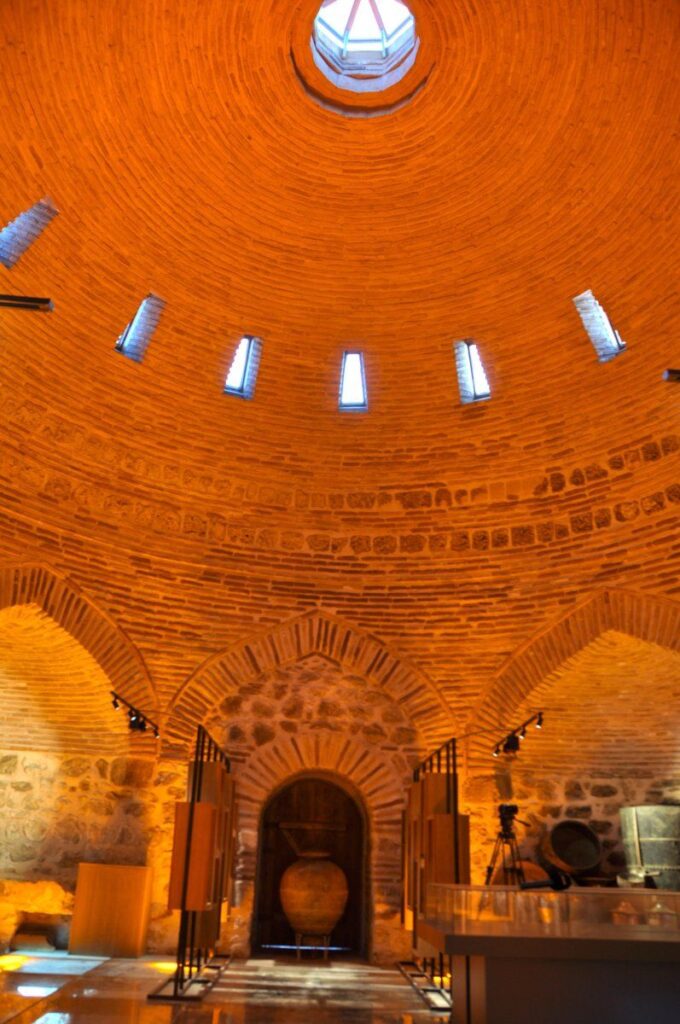
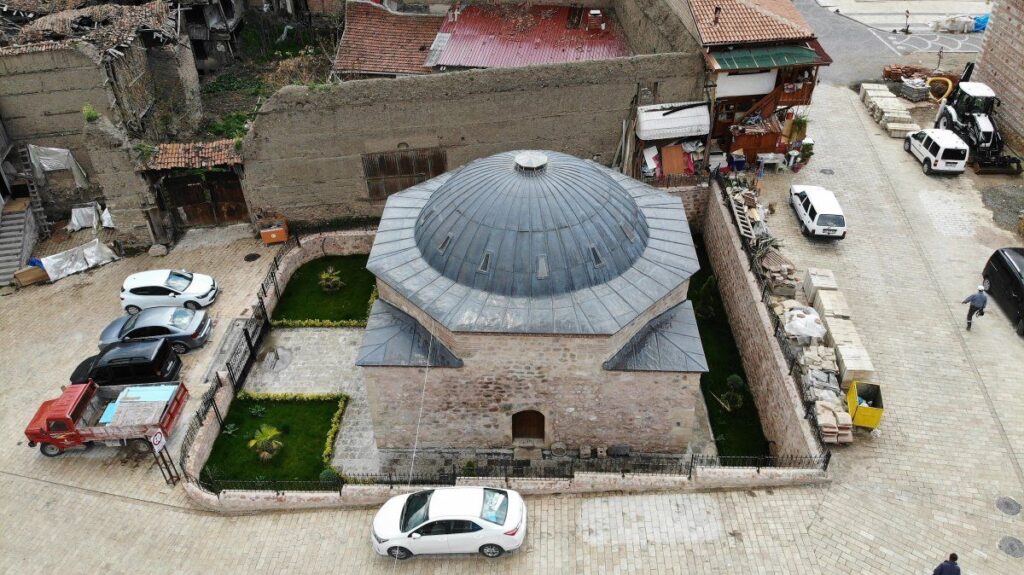
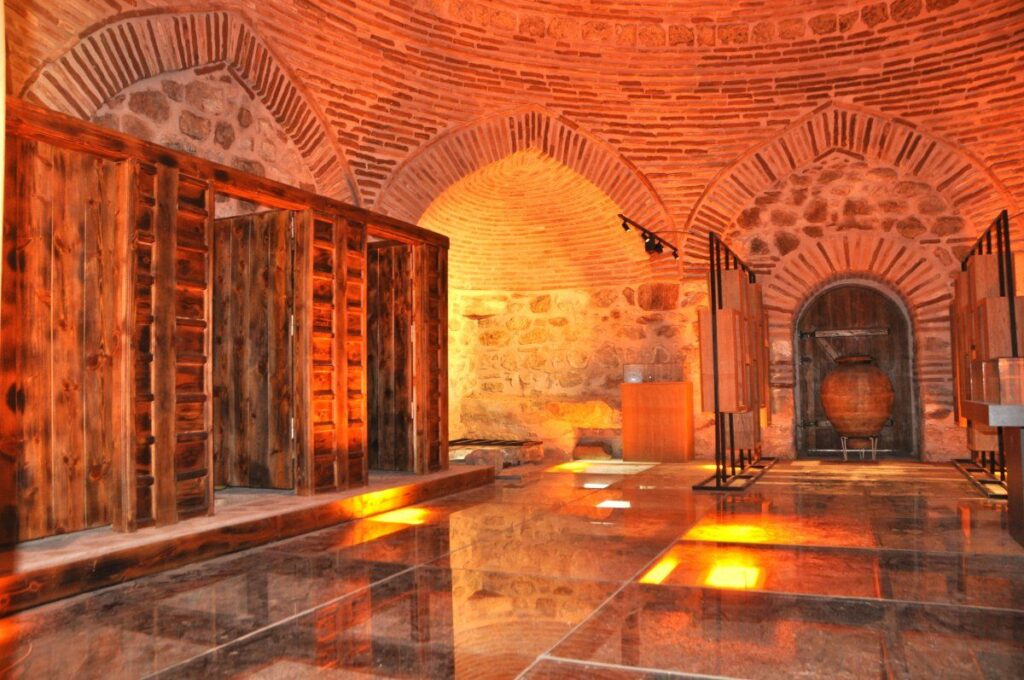
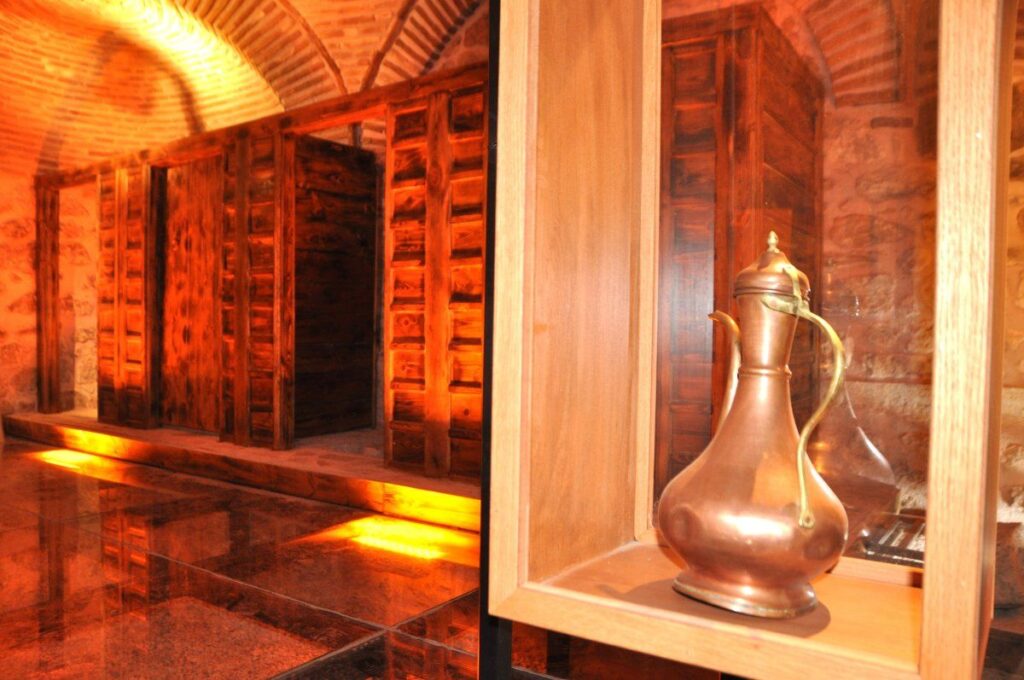
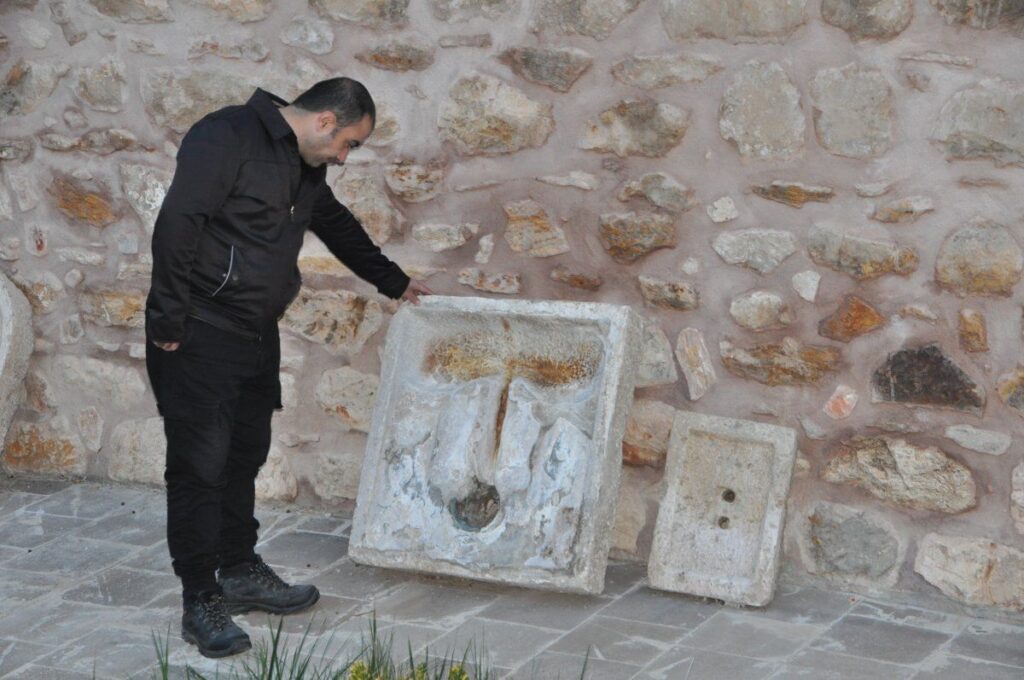
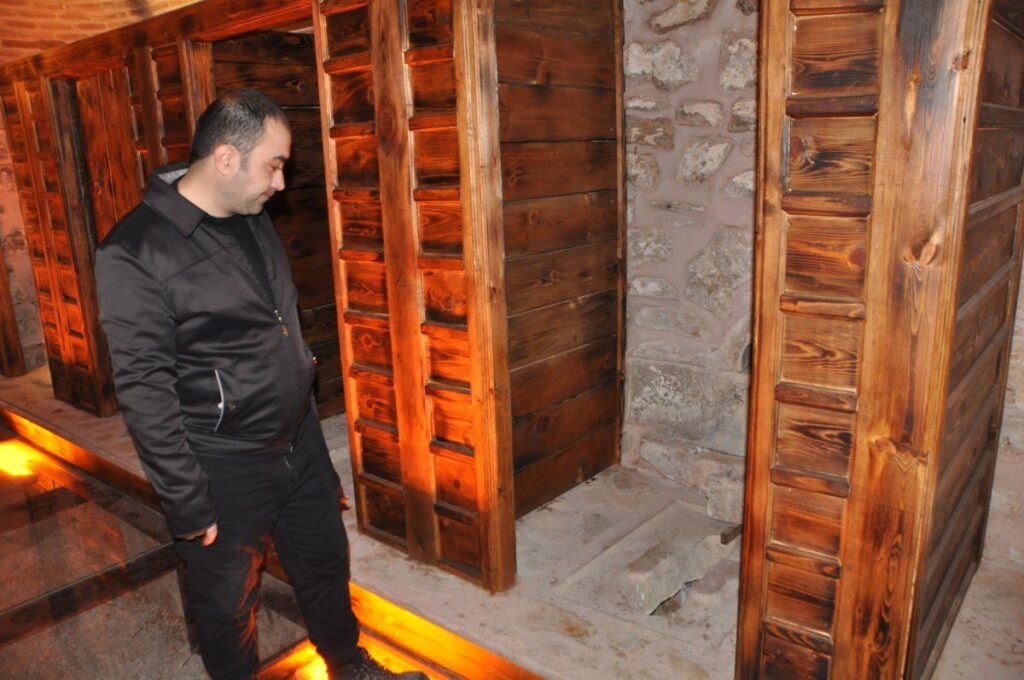
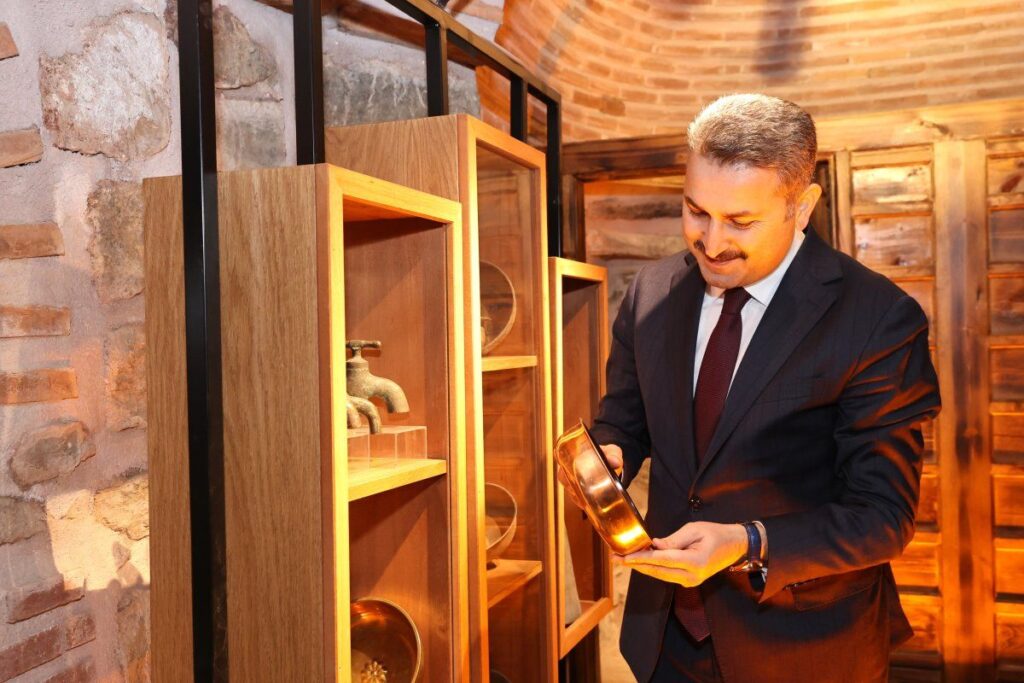
Eyüp Erolu, the mayor of Tokat, claimed that the structure has been special ever since it was built. He claimed that the ancient structure, which had lain vacant for many years, had been renovated. He highlighted that the toilet constructed in the significant commercial district of Sulu Sokak Bazaar served until the 19th century.
Because there were long queues to use it at the time and it was quite popular, the restroom was known as the “hold your pee public toilet”.
“The sewer line belonging to the Ottoman and Seljuk periods was also revealed amid the infrastructure of the public toilet during the restoration works. We also discovered some taps and many similar objects. We exhibit these in our museum as well”, he said.
“Local and foreign tourists will have the opportunity to see the civilization left by the ancestors. We consider it to be the first museum of its kind. I believe that there is no other museum like the Water and Cleanliness Museum. Just as our ancestors built such a work in the 1400s, now we, as their descendants, have transformed it into a museum. It will be instrumental in people visiting and discovering this place”, he added.

